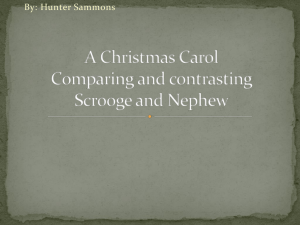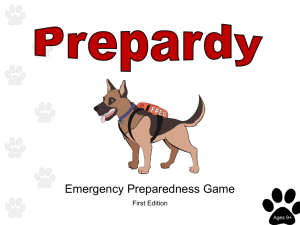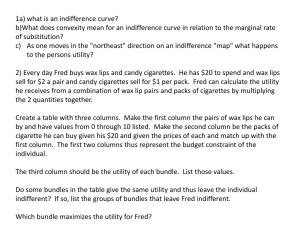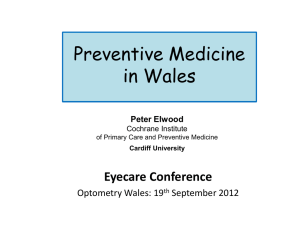Doctor Fred Hollows.
advertisement
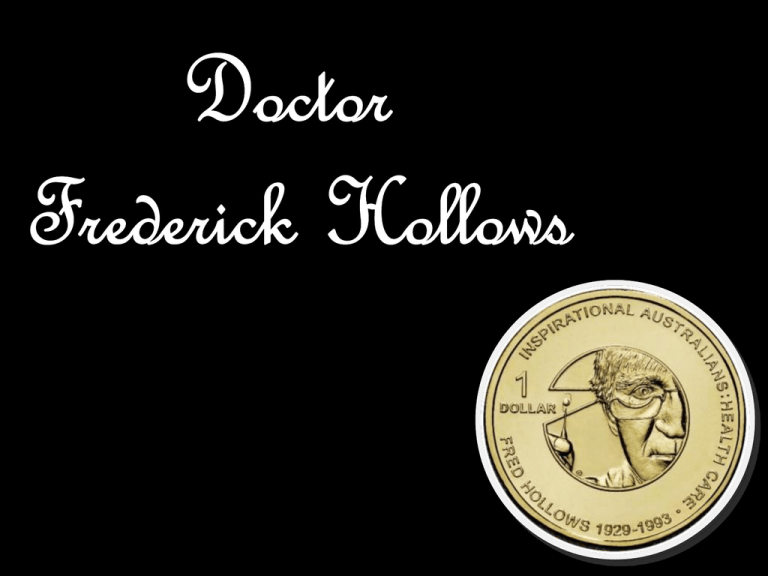
Doctor Fred Hollows was born on April 9th 1929, in Dunedin, New Zealand which is also where he lived for the first seven years of his life. Fred was born into a religious family and was one of four children. Growing up he thought of becoming a missionary, but after doing work in a mental hospital he changed his frame of mind. After deciding to become a doctor he attended medical school at the University of Otago from 1951 to 1955. In 1961, after attending many hospitals, Fred soon decided to specialise as an eye doctor as he described it being “good work” and then studied at Moorfields Eye Hospital in England. He spent three years living in the UK working as an Ophthalmic Registrar and Epidemiology in Cardiff in Wales. Fred was then given the opportunity to move to Australia and in 1965 he became Associate Professor of Ophthalmology at the University of New South Wales in Sydney. (Left to Right) Colin, Fred and Maurice. Picture taken in Palmerston North, New Zealand in the 1930’s From 1965 to 1992 still living in Australia, Fred became the chairman of the ophthalmology division overseeing the teaching departments at the University of New South Wales as well as the Prince of Wales and Prince Henry Hospital. In 1965 during Fred's time at the Prince of Wales Hospital he performed his first cataract operation at a small eye unit he set up. Fred was always known as someone who believed in equality for all no matter what they looked like, where they lived or how much they owned. Within the 1970’s he travelled around New South Wales towns and stations and Aboriginal Communities. While he travelled in Sydney the number of Aboriginal people who had eye defects was very high which made him determine to give these people a better life. Most of the aboriginal people he encountered suffered from trachoma which can cause blindness if it’s not treated quickly. (trachoma) Doctor Fred Hollows was soon sucked into his work and determined to give as many people their eyesight back. In 1971, Fred made the first Aboriginal Medical Service in suburban Redfern, in Sydney. There are now 60 across Australia. Fred was known to be a very inspirational person and through his work got doctors and volunteers to help him. He spent three years in Aboriginal and outback communities treating eye disease, and within those three years he visited more than 460 Aboriginal communities, examined 62,000 aboriginal people, which lead 27,000 of them to be treated for trachoma, 1000 operations and prescribed more than 10,000 glasses. By the 1980’s Fred had started to travel around the world to help set up eye health programs. Through travelling he heard about the war in Eritrea located in South Africa. He heard about how doctors there were trying to get training in eye surgery. This instantly interested Fred and was inspired to help the Eritreans build their own eye lens factory. With the support of Australians, he was donated more than 6 million dollars. "I don't know if you can see that lens sitting on my right knee...that costs at least 140 dollars Australian. Hopefully, in Africa, it will be able to be produced for in the order of a few dollars.“ -:Fred Hollows. In 1981 Fred received the Advanced Australia Award for the recognition of his dedication and determination and in 1989 on April 26th he became an Australian citizen. Despite all the time he spent working he still managed time for his family and in 1958 got married to Mary Skiller who sadly died in 1975. Five years later he remarried to Gabi O’Sullivan. In the 1990’s Fred was awarded a Human Rights Medal and in the same year was named Australian of the year as well as given the Advance Australia Award for medicine and overseas aid. In 1991 he was the Humanist of the Year and received honorary citizenship in Eritrea . In 1992 the establishment of the Fred Hollows Foundation started and was spread to countries world wide to help provide eye care for the unprivileged and poor. In 1988 Fred and his wife Gabi were given the sad news that Fred was diagnosed with cancer. Fred, knowing he did not have much longer to live still continued to try and achieve all his dreams. On the 10th of February 1993, Fred Hollows died peacefully in the company of his wife and five children. He was given a state funeral on the 15th of February at the St. Mary’s Cathedral in Sydney and later taken to Bourke for burial on the 17th of February 1993. In 2004, Fred Hollows was acknowledged for his “Outstanding Contribution and Achievement” to Indigenous health in Australia and was placed in the Hall of Fame. His wife Gabi Hollows received the award on behalf of her husband, Fred Hollows. Fred Hollows was a great man and a great leader. He proved to not only himself but to everyone that equality is key, and that there is no greater joy in life than helping someone. To him giving thousands of people in many countries their eyesight back is the greatest achievement that there could ever be. "I have been lucky in that I've been alive at times when the things that I wanted to do were capable of being done." -: Doctor Fred Hollows. Being an achiever means you are also connected to the peacemaker and questioner. I do believe that Fred Hollows is within this circuit. The reasons behind me thinking that Fred Hollows is an achiever is because he is motivated by the need to pursue goals and reward himself and the world with his gift. He is very sociable because of the way he inspired people to join in on his mission and because he enlightened people everyday whether they were a patient, family member or friend. Whenever he was faced with a new challenge he would always keep a positive frame of mind and take the challenge head on. Being connected to the peacemaker and questioner also means he is able to achieve personal growth, which is something he definitely accomplished.



